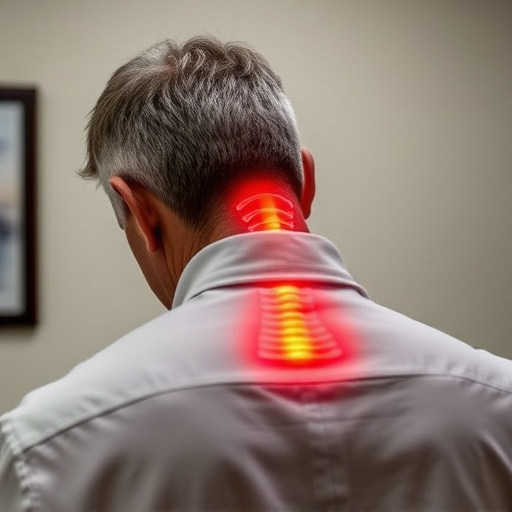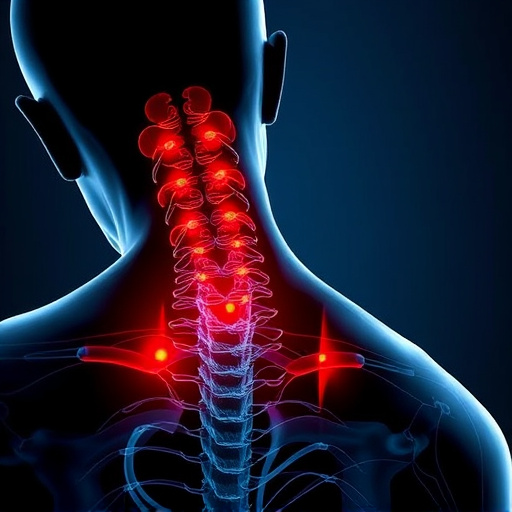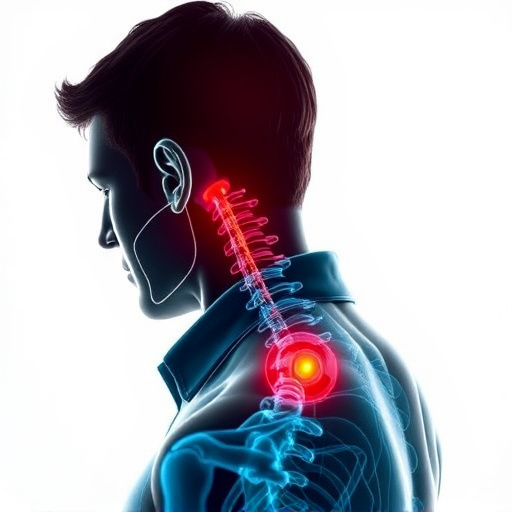Neck and Back Pain Relief: A Comprehensive Approach
Neck and back pain, a prevalent issue, significantly impacts daily life. This text explores effective recovery programs addressing physical, psychological, and social aspects for lasting neck and back pain relief. Combining medical treatments, physical therapy (including manual techniques and exercise), educational empowerment, and support networks, these programs target root causes. Personalized therapy plans, incorporating exercises tailored to individual needs, reduce inflammation, improve mobility, and restore strength. Mental health and strong support systems play crucial roles in perception of pain, resilience, and healing outcomes. Long-term strategies for neck and back pain relief involve holistic approaches like regular physical activity, ergonomic education, and continuous healthcare guidance to prevent recurrence.
Recovering from neck or back injuries can be a lengthy process, demanding comprehensive strategies. This article guides you through an extensive recovery program, addressing the root causes of debilitating neck and back pain. From understanding the impact to implementing tailored therapies and incorporating exercise, we delve into each crucial aspect. Additionally, we explore the significance of mental health support and long-term strategies to prevent recurrences, ensuring sustained relief for a better quality of life.
- Understanding Neck and Back Pain: Causes and Impact
- The Foundation of a Comprehensive Recovery Program
- Tailored Therapies for Effective Neck and Back Pain Relief
- Incorporating Exercise and Movement into the Healing Process
- Role of Mental Health and Support Systems in Recovery
- Preventing Recurrence: Long-Term Strategies for Sustained Relief
Understanding Neck and Back Pain: Causes and Impact
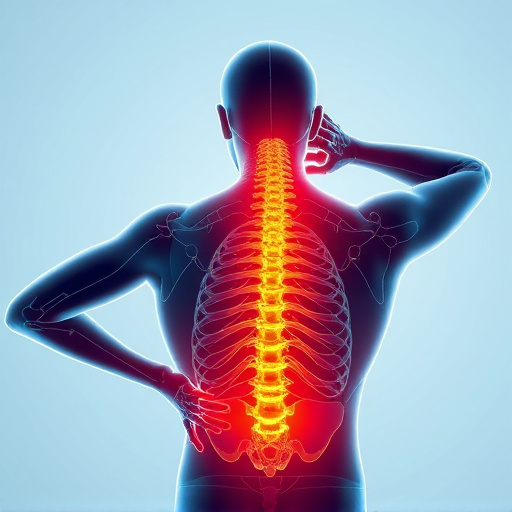
Neck and back pain is a prevalent issue that can significantly impact an individual’s daily life and overall well-being. Understanding the causes and effects of such pain is crucial in developing effective recovery programs. Musculoskeletal disorders, including neck and back injuries, are often caused by various factors such as poor posture, repetitive motions, or sudden trauma. These conditions can result in acute or chronic pain, affecting mobility and quality of life.
The impact of neck and back pain is profound, leading to reduced flexibility, weakness, and even numbness in the affected areas. It may hinder daily activities like walking, lifting objects, or performing basic tasks, causing frustration and decreased productivity. Effective recovery programs aim to provide relief by combining medical treatments, physical therapy, and lifestyle modifications to address the root causes and restore functionality.
The Foundation of a Comprehensive Recovery Program
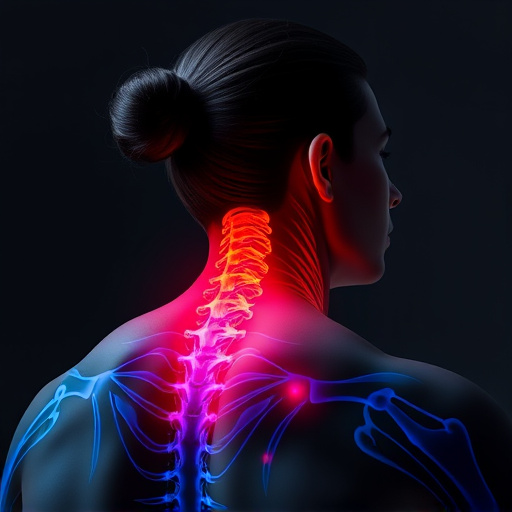
A comprehensive recovery program is the cornerstone of effective healing and pain management, especially for individuals dealing with persistent neck and back pain. Such programs are tailored to address multiple aspects of an individual’s well-being, recognizing that physical injury often has profound psychological and social implications.
The foundation of a successful recovery lies in a multidisciplinary approach, combining medical care, therapy, education, and support networks. Medical professionals play a pivotal role by providing accurate diagnoses, prescribing appropriate treatments, and offering guidance on pain management strategies. Therapy sessions, including physical and occupational therapy, focus on restoring mobility, strengthening muscles, and re-training the body to adapt to post-injury limitations. Educational components empower individuals to understand their condition, enabling them to actively participate in their recovery journey. Support networks, whether through peer groups or counseling services, offer emotional backing, fostering resilience during the often challenging recovery process, ultimately contributing to improved outcomes and enhanced quality of life for those seeking neck and back pain relief.
Tailored Therapies for Effective Neck and Back Pain Relief

In the quest for comprehensive recovery, tailored therapies play a pivotal role in addressing specific needs, especially for persistent neck and back pain. These personalized treatment plans acknowledge that every individual’s injury and healing process are unique. Physical therapists employ a multifaceted approach, combining manual therapy, exercise protocols, and patient education to target both acute and chronic conditions affecting the neck and spine.
By focusing on neck and back pain relief, these therapies aim to reduce inflammation, improve mobility, and restore strength. Manual techniques, such as spinal manipulation and soft tissue release, can alleviate tension and pressure, offering immediate relief. Simultaneously, exercise programs designed for strength and flexibility help patients regain control over their bodies, promoting long-term durability and injury prevention. This holistic strategy ensures that recovery is not just a temporary fix but an enduring solution for neck and back pain management.
Incorporating Exercise and Movement into the Healing Process
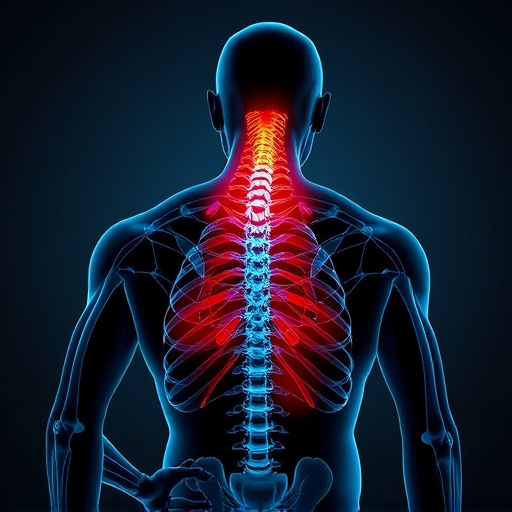
Incorporating exercise and movement into a recovery program is crucial for managing and alleviating neck and back pain relief. Physical activity plays a vital role in enhancing healing by improving blood circulation, which delivers essential nutrients to injured tissues. Regular movement also helps reduce stiffness and strengthens muscles, enabling better support for the affected areas.
Tailored exercises can specifically target problem zones, promoting flexibility and range of motion. This not only accelerates the recovery process but also empowers individuals with long-term strategies to manage pain and maintain overall physical wellness. By integrating exercise into their routines, individuals can experience significant improvements in neck and back pain relief, fostering a faster and more effective healing journey.
Role of Mental Health and Support Systems in Recovery

The journey towards recovery from physical injuries is not solely a physical process; it’s intricately linked to one’s mental health and support systems. For many individuals suffering from neck or back pain, the road to relief extends beyond mere treatment of the injury. Effective recovery demands addressing the psychological aspects that often accompany chronic pain conditions. Mental health plays a pivotal role in managing pain perception, fostering resilience, and influencing overall healing outcomes.
Support systems, be it family, friends, or professional therapy groups, serve as crucial pillars during recovery. These networks provide emotional support, encouragement, and practical assistance, contributing significantly to an individual’s ability to navigate the challenges of neck and back pain relief. The interplay between positive mental health and a robust support system can enhance coping mechanisms, promote faster healing, and improve overall quality of life post-injury.
Preventing Recurrence: Long-Term Strategies for Sustained Relief
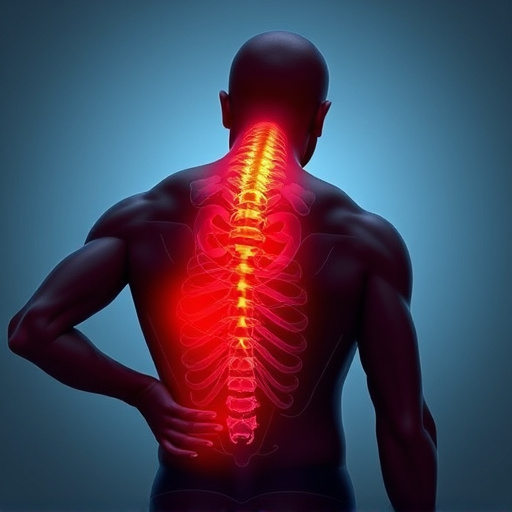
Preventing Recurrence is a vital aspect of long-term strategies for sustained neck and back pain relief. It involves adopting holistic approaches that go beyond mere symptom alleviation. This includes incorporating regular physical therapy sessions tailored to strengthen specific muscle groups, improve flexibility, and enhance overall posture. Patients should also be encouraged to maintain an active lifestyle with low-impact exercises like swimming or yoga, which promote healing without exacerbating pain.
Additionally, educating individuals about ergonomy in the workplace and home environments plays a crucial role. This might involve adjusting workstations, adopting supportive sleeping positions, and learning proper lifting techniques. Regular check-ins with healthcare professionals can also help monitor progress and provide guidance on making necessary adjustments to prevent re-injury and ensure ongoing neck and back pain relief.











